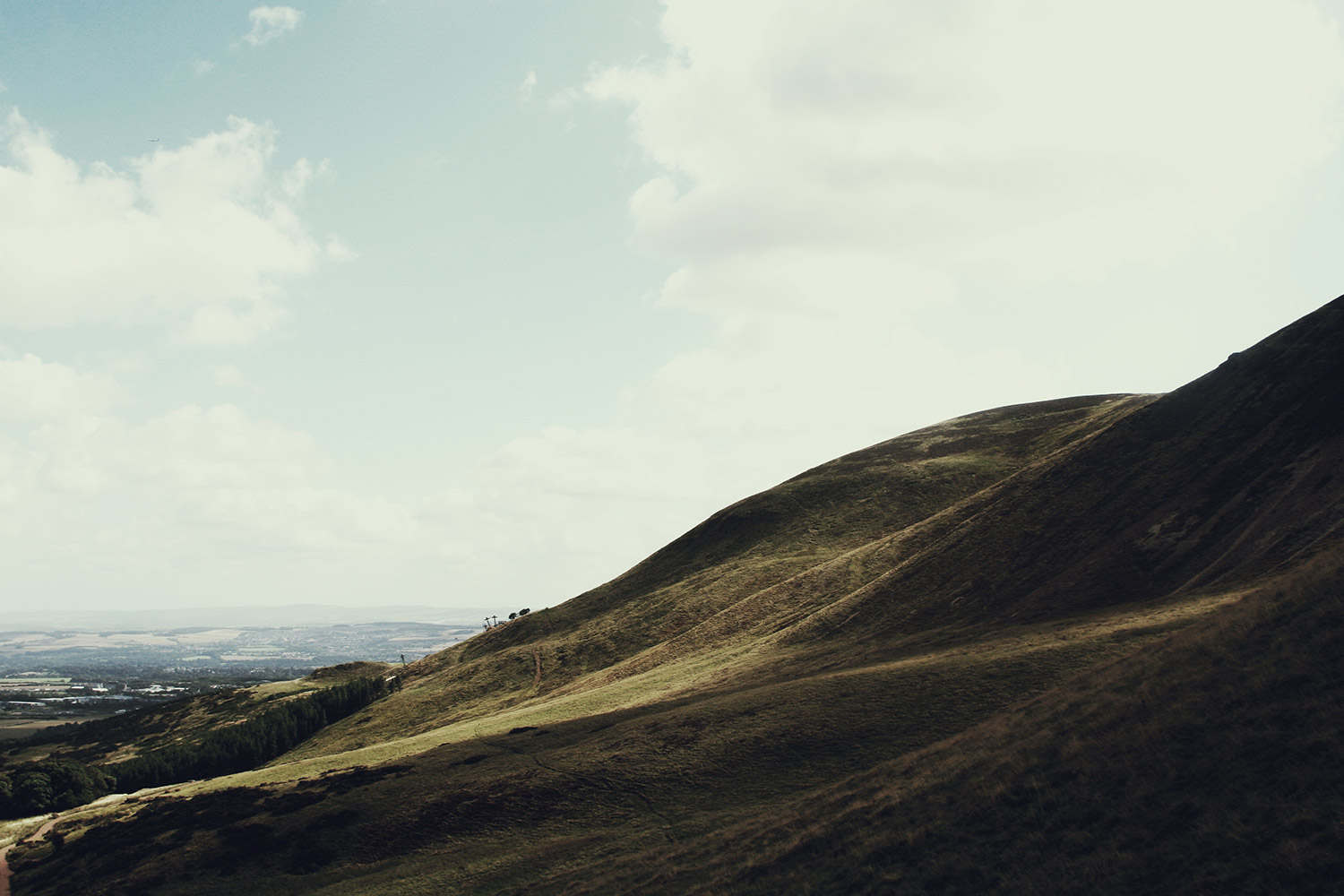Devotion
The Vatican’s Dicastery for the Doctrine of the Faith officially recognized the Rosa Mystica devotion on July 5, 2024, affirming its alignment with Catholic teaching and Mary’s universal call to holiness through prayer, sacrifice, and penance-particularly in support of the sanctification of priests and religious. Rooted in the title Mystical Rose (from the Litany of Loreto), the devotion highlights Mary’s purity, suffering, and role as intercessor, guiding souls to Christ.


Pierina Gilli
The devotion emerged through Pierina Gilli, who first experienced a profound vision of Mary in November 1947, during a grave illness. In this vision, Mary appeared dressed in violet with a white veil, her eyes filled with tears and her chest pierced by three swords, declaring, “Prayer-Penitence-Expiation.” Our Lady explained that the swords symbolized the sins of consecrated souls: the first sword represented the loss of priestly or religious vocations; the second signified priests, monks, and nuns living in mortal sin; and the third symbolized clergy who betray their calling like Judas, abandoning their vocation, faith, and eternal salvation, thereby becoming enemies of the Church.
Later, in the 1940s, Our Lady appeared again to her, replacing the swords with three roses symbolizing prayer (white), sacrifice (red), and penance/expiation (yellow/gold), transforming the message from sorrowful reparation to hopeful renewal.
Later, in the 1940s, Our Lady appeared again to her, replacing the swords with three roses symbolizing prayer (white), sacrifice (red), and penance/expiation (yellow/gold), transforming the message from sorrowful reparation to hopeful renewal.
Mother Elena Leonardi
In the 1960s, Mother Elena Leonardi, an Italian nun, received complementary visions directing her to establish a house of prayer in In 1975, Mary provided Mother Leonardi with specific geographic coordinates leading her to Angel Hill in Edmeston, New York. Mother Leonardi went to the property in Edmeston, staying in a small cabin (referred to as "Mother Leonardi’s Chapel") where she spent 40 days fasting and praying, seeking guidance from Our Lady.
During this time, a group of pilgrims joined Mother Leonardi in a procession around the property praying to know where the chapel should be built.
Some witnesses reported that the statue of Our Lady appeared to levitate next to Mother Leonardi as she prayed. The statue eventually stopped at a specific spot (white statue outside the front of the Main Chapel), which became the location for the chapel. This event was seen as a divine sign that the house of prayer should be built there.
During this time, a group of pilgrims joined Mother Leonardi in a procession around the property praying to know where the chapel should be built.
Some witnesses reported that the statue of Our Lady appeared to levitate next to Mother Leonardi as she prayed. The statue eventually stopped at a specific spot (white statue outside the front of the Main Chapel), which became the location for the chapel. This event was seen as a divine sign that the house of prayer should be built there.


Early Beginnings
The Marian Movement of Priests from Canada took on the task of building the chapel in 1985 and was inaugurated on August 15th. However, due to various difficulties, the chapel was left incomplete and abandoned.
Benefactors, Noreen and Joseph Von Zwehl, inspired by Our Lady’s wishes, raised the funds to restore the chapel and returned the 8.5-foot statue back to its rightful place, where it stands today.
When the statue was returned and unwrapped, the pilgrims who were present noticed tears streaming down her face, and to this day, a stain remains on the statue’s cheeks.
Benefactors, Noreen and Joseph Von Zwehl, inspired by Our Lady’s wishes, raised the funds to restore the chapel and returned the 8.5-foot statue back to its rightful place, where it stands today.
When the statue was returned and unwrapped, the pilgrims who were present noticed tears streaming down her face, and to this day, a stain remains on the statue’s cheeks.
Miracles
Since the statue's return, numerous miracles have been attributed to the intercession of Our Lady of Rosa Mystica. Pilgrims report physical, emotional, and spiritual healings.
The use of sacramentals from the site, such as the holy water and oil from the chapel and the blessed lake, has been linked to many of these miracles. Our Lady’s presence is alive! There has been testimony that the statue exhibits signs of being alive. Witnesses have reported seeing the statue smile, cry, open her arms, and even come alive in private revelations.
The Rosa Mystica devotion unites these revelations, embodying Mary’s call to sanctify priests and renew the Church through a “Marian army” of laity committed to prayer and sacrifice, urging reparation for clergy, lay mission, and ecclesial renewal, reflecting Mary’s enduring plea to guide the faithful from sorrow to redemption through her intercession as the Mystical Rose.
The use of sacramentals from the site, such as the holy water and oil from the chapel and the blessed lake, has been linked to many of these miracles. Our Lady’s presence is alive! There has been testimony that the statue exhibits signs of being alive. Witnesses have reported seeing the statue smile, cry, open her arms, and even come alive in private revelations.
The Rosa Mystica devotion unites these revelations, embodying Mary’s call to sanctify priests and renew the Church through a “Marian army” of laity committed to prayer and sacrifice, urging reparation for clergy, lay mission, and ecclesial renewal, reflecting Mary’s enduring plea to guide the faithful from sorrow to redemption through her intercession as the Mystical Rose.






The Vatican’s Dicastery for the Doctrine of the Faith officially recognized the Rosa Mystica devotion on July 5, 2024, affirming its alignment with Catholic teaching and Mary’s universal call to holiness through prayer, sacrifice, and penance-particularly in support of the sanctification of priests and religious. Rooted in the title Mystical Rose (from the Litany of Loreto), the devotion highlights Mary’s purity, suffering, and role as intercessor, guiding souls to Christ.
The devotion emerged through Pierina Gilli, who first experienced a profound vision of Mary in November 1947, during a grave illness. In this vision, Mary appeared dressed in violet with a white veil, her eyes filled with tears and her chest pierced by three swords, declaring, “Prayer-Penitence-Expiation.” Our Lady explained that the swords symbolized the sins of consecrated souls: the first sword represented the loss of priestly or religious vocations; the second signified priests, monks, and nuns living in mortal sin; and the third symbolized clergy who betray their calling like Judas, abandoning their vocation, faith, and eternal salvation, thereby becoming enemies of the Church.
Later, in the 1940s, Our Lady appeared again to her, replacing the swords with three roses symbolizing prayer (white), sacrifice (red), and penance/expiation (yellow/gold), transforming the message from sorrowful reparation to hopeful renewal.
In the 1960s, Mother Elena Leonardi, an Italian nun, received complementary visions directing her to establish a house of prayer in In 1975, Mary provided Mother Leonardi with specific geographic coordinates leading her to Angel Hill in Edmeston, New York. Mother Leonardi went to the property in Edmeston, staying in a small cabin (referred to as "Mother Leonardi’s Chapel") where she spent 40 days fasting and praying, seeking guidance from Our Lady.
During this time, a group of pilgrims joined Mother Leonardi in a procession around the property praying to know where the chapel should be built.
Some witnesses reported that the statue of Our Lady appeared to levitate next to Mother Leonardi as she prayed. The statue eventually stopped at a specific spot (white statue outside the front of the Main Chapel), which became the location for the chapel. This event was seen as a divine sign that the house of prayer should be built there.
The Marian Movement of Priests from Canada took on the task of building the chapel in 1985 and was inaugurated on August 15th. However, due to various difficulties, the chapel was left incomplete and abandoned.
Benefactors, Noreen and Joseph Von Zwehl, inspired by Our Lady’s wishes, raised the funds to restore the chapel and returned the 8.5-foot statue back to its rightful place, where it stands today.
When the statue was returned and unwrapped, the pilgrims who were present noticed tears streaming down her face, and to this day, a stain remains on the statue’s cheeks.
Since the statue's return, numerous alleged miracles have been attributed to the intercession of Our Lady of Rosa Mystica. Pilgrims report physical, emotional, and spiritual healings.
The use of sacramentals from the site, such as the holy water and oil from the chapel and the blessed lake, has been linked to many of these alleged miracles. Our Lady’s presence is alive! There has been testimony that the statue exhibits signs of being alive. Witnesses have reported seeing the statue smile, cry, open her arms, and even come alive in private revelations.
The Rosa Mystica devotion unites these revelations, embodying Mary’s call to sanctify priests and renew the Church through a “Marian army” of laity committed to prayer and sacrifice, urging reparation for clergy, lay mission, and ecclesial renewal, reflecting Mary’s enduring plea to guide the faithful from sorrow to redemption through her intercession as the Mystical Rose.
The devotion emerged through Pierina Gilli, who first experienced a profound vision of Mary in November 1947, during a grave illness. In this vision, Mary appeared dressed in violet with a white veil, her eyes filled with tears and her chest pierced by three swords, declaring, “Prayer-Penitence-Expiation.” Our Lady explained that the swords symbolized the sins of consecrated souls: the first sword represented the loss of priestly or religious vocations; the second signified priests, monks, and nuns living in mortal sin; and the third symbolized clergy who betray their calling like Judas, abandoning their vocation, faith, and eternal salvation, thereby becoming enemies of the Church.
Later, in the 1940s, Our Lady appeared again to her, replacing the swords with three roses symbolizing prayer (white), sacrifice (red), and penance/expiation (yellow/gold), transforming the message from sorrowful reparation to hopeful renewal.
In the 1960s, Mother Elena Leonardi, an Italian nun, received complementary visions directing her to establish a house of prayer in In 1975, Mary provided Mother Leonardi with specific geographic coordinates leading her to Angel Hill in Edmeston, New York. Mother Leonardi went to the property in Edmeston, staying in a small cabin (referred to as "Mother Leonardi’s Chapel") where she spent 40 days fasting and praying, seeking guidance from Our Lady.
During this time, a group of pilgrims joined Mother Leonardi in a procession around the property praying to know where the chapel should be built.
Some witnesses reported that the statue of Our Lady appeared to levitate next to Mother Leonardi as she prayed. The statue eventually stopped at a specific spot (white statue outside the front of the Main Chapel), which became the location for the chapel. This event was seen as a divine sign that the house of prayer should be built there.
The Marian Movement of Priests from Canada took on the task of building the chapel in 1985 and was inaugurated on August 15th. However, due to various difficulties, the chapel was left incomplete and abandoned.
Benefactors, Noreen and Joseph Von Zwehl, inspired by Our Lady’s wishes, raised the funds to restore the chapel and returned the 8.5-foot statue back to its rightful place, where it stands today.
When the statue was returned and unwrapped, the pilgrims who were present noticed tears streaming down her face, and to this day, a stain remains on the statue’s cheeks.
Since the statue's return, numerous alleged miracles have been attributed to the intercession of Our Lady of Rosa Mystica. Pilgrims report physical, emotional, and spiritual healings.
The use of sacramentals from the site, such as the holy water and oil from the chapel and the blessed lake, has been linked to many of these alleged miracles. Our Lady’s presence is alive! There has been testimony that the statue exhibits signs of being alive. Witnesses have reported seeing the statue smile, cry, open her arms, and even come alive in private revelations.
The Rosa Mystica devotion unites these revelations, embodying Mary’s call to sanctify priests and renew the Church through a “Marian army” of laity committed to prayer and sacrifice, urging reparation for clergy, lay mission, and ecclesial renewal, reflecting Mary’s enduring plea to guide the faithful from sorrow to redemption through her intercession as the Mystical Rose.





